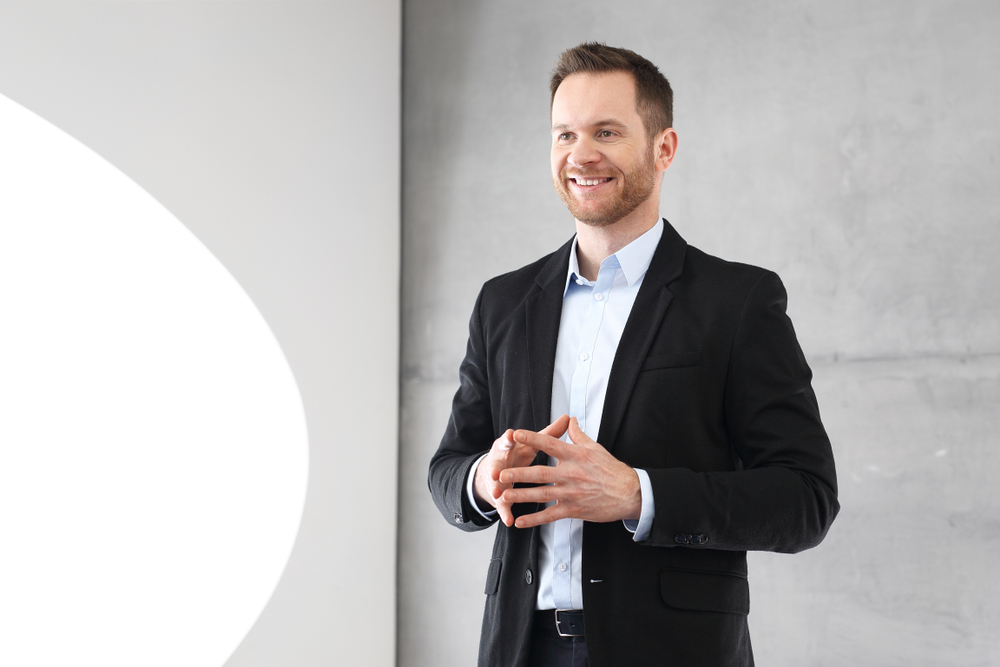Do any of these sayings sound familiar to you?
“It is not what you say it is the way that you say it” or “He had a face like thunder” or “If looks could kill” or “you had me at hello,” the famous line from Jerry Maguire.
All these comments relate to the power of our body language, facial expressions and the way we sound when we communicate.
When it comes to running a manufacturing team, creating engagement or recruiting your next hire, surprisingly your body language can communicate much more than you realise; and not always in a positive way.
It is the same for candidates who are often oblivious to the impact of their body language. Fidgeting at interview or scowling or not maintaining eye contact can give the exact opposite impression that you want to convey to your future new employer.
I read a recent post on one of the recruitment industries leading websites which stated that 33% of hiring managers report that they can tell if they will hire a candidate or not within 90 seconds.
Really? If that is the case what exactly are these managers basing this decision on and how valid is this?
The answer; non-verbal body language.
Is it valid to base a decision so quickly on something like this? Yes, it is, and in today’s article, we are going to examine how small changes can make a big difference to how you will be perceived by members of your team, senior leaders and if you are a candidate your hiring manager or other members of the interview panel.
The data about body language and its impact is based on 50 years of research by Albert Mehrabian the Professor of Psychology at UCLA.
He is renowned for his research findings that showed when we communicate a message, the feelings and attitudes of the receiver are 7% determined by spoken communication while 38% relates to voice qualities such as pace, volume, tone, and intonation. This means that 55% of how we communicate refers to our body language.
The phrase I mentioned at the start, “It is not what we say; it is how we say it” is therefore entirely valid as depending on ‘how’ we say something makes the difference between how well or not our message is received.
If 93% of how you communicate your skills is non-verbal, you need to know how to make the most of your body language.
Here are the top 6 body language areas that are proven to make a difference to how you are perceived.
1. Walking, Posture and Your Sitting Position
I am sure you have heard the fact that we have 10 seconds to make a first impression. If this is the case, how you walk into a room to meet with your team, your manager, or who you are interviewing makes a difference.
One expert in the field suggests you walk directly towards the individual or group person with your body pointing in their direction, making sure you give and hold eye contact and occasionally glance away, so it does not look like you are staring them out.
Make sure your shoulders are pulled back. It is a confident stance that people pick up on straight away. Amy Cuddy, the well-known Social Psychologist, has an excellent video on how our posture and position can accelerate or ruin our chances of success.
If you are a natural sloucher; don’t. Think about how you sit in the chair. It is recommended that you sit back in the chair so that your back is touching and leaning against the chair. This technique will signal assurance and confidence in a similar vein to your walking and posture.
2. Make Eye Contact and Smile
When you are nervous or unsure of the reaction you might get from someone it can be tempting to look at the walls, the ceiling, the floor — anywhere but their face!
However, an averted gaze sends a series of bad messages. It indicates lack of confidence, weakens your communication and can even suggest dishonesty. What’s more, it limits your ability to read the responses of the people you want to engage and connect with in the first place.
When it comes to an interview scenario, 67% of people fail to make eye, so just maintaining a steady gaze will set you apart.
Smiling is an interesting body language technique. All too often in any stressful situation, be that attending an interview for a role you want, or delivering a challenging performance review our natural smile can disappear.
However, smiling is a powerful way to demonstrate, confidence positivity and warmth. Smiling is generally a sign of happiness and happiness is linked to success and easier working relationships.
Who has not felt the positive vibes of working in an upbeat team who smile and demonstrate they enjoy their role?
3. Watch What Your Hands Are Doing
This might surprise you, and hiding hands can be misinterpreted as distrustful behaviour. So, have Our hands in the open, with your palms up as research, suggests that this signals honesty and engagement. If you flap your hands when you are nervous remember this before you go into any situation and adjust your behaviour; it is easier than you realise.
4. Finally, Demonstrate You Are listening
Aside from keeping eye and face contact, nodding your head while listening is an additional way to show attentiveness. You may even say, “Mm” or another verbal cue that lets the person you are with know you are listening and understanding the conversation.
Best regards
Rhys
If you are looking for recruiting or interview advice or support to find your next role, then contact the Sigma Recruitment team on 02920 450 100. Alternatively, email us here.













